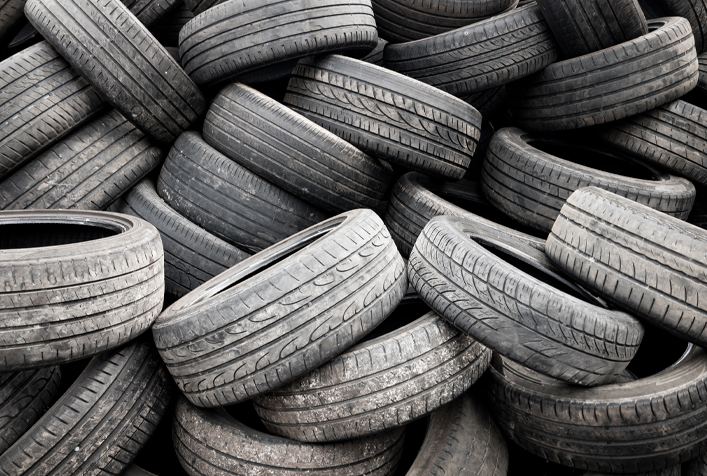Assessing Environmental Pathways of Waste Tire Pollutants

Project Brief
The Challenge
6PPD is a tire additive that enhances tire longevity. When 6PPD reacts with ozone, it creates 6PPD-quinone (6PPDQ). 6PPDQ is fatally toxic to salmonoids including coho salmon, a keystone species in the ecosystem and an important cultural and economic species for the state of Washington. In the 2023 legislative cycle, the Washington State Legislature directed the Washington State Department of Ecology (Ecology) to conduct a literature review and life cycle assessment of waste tires to better understand the pathways of 6PPD to the natural environment from waste tire recycling. To complete this report, Ecology needed to understand the life cycle of tires, including the handling, use, and management of waste tires in the state.
ERG's Solution
Building off ERG’s decades-long expertise of life cycle assessment and municipal solid waste management generation and management estimates, our team utilized existing literature and data sources to estimate the volume of waste tires managed through landfilling, recycling, tire derived fuels, and reuse or retreading. By understanding these waste tire management pathways, ERG identified communities that are most vulnerable to negative impacts of waste tire collection and recycling. We also facilitated two public listening sessions to engage the public and solicit feedback about preliminary findings. ERG helped Ecology understand the life cycle impacts of waste tire management, including environmental and health risks associated with landfilling, energy recovery at cement kilns, and material recycling to produce various rubber products.
Client
Washington State Department of Ecology